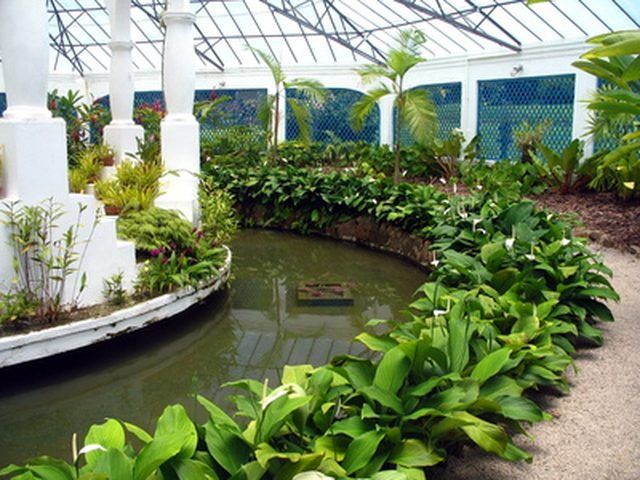Bulbs
Flower Basics
Flower Beds & Specialty Gardens
Flower Garden
Garden Furniture
Garden Gnomes
Garden Seeds
Garden Sheds
Garden Statues
Garden Tools & Supplies
Gardening Basics
Green & Organic
Groundcovers & Vines
Growing Annuals
Growing Basil
Growing Beans
Growing Berries
Growing Blueberries
Growing Cactus
Growing Corn
Growing Cotton
Growing Edibles
Growing Flowers
Growing Garlic
Growing Grapes
Growing Grass
Growing Herbs
Growing Jasmine
Growing Mint
Growing Mushrooms
Orchids
Growing Peanuts
Growing Perennials
Growing Plants
Growing Rosemary
Growing Roses
Growing Strawberries
Growing Sunflowers
Growing Thyme
Growing Tomatoes
Growing Tulips
Growing Vegetables
Herb Basics
Herb Garden
Indoor Growing
Landscaping Basics
Landscaping Patios
Landscaping Plants
Landscaping Shrubs
Landscaping Trees
Landscaping Walks & Pathways
Lawn Basics
Lawn Maintenance
Lawn Mowers
Lawn Ornaments
Lawn Planting
Lawn Tools
Outdoor Growing
Overall Landscape Planning
Pests, Weeds & Problems
Plant Basics
Rock Garden
Rose Garden
Shrubs
Soil
Specialty Gardens
Trees
Vegetable Garden
Yard Maintenance
How to Build a Winter Greenhouse
How to Build a Winter Greenhouse. A winter greenhouse is for growing vegetables even when the temperature is too low to allow outside growing. Depending on your climate, a winter greenhouse may require active or passive heating. The greenhouse will also require glazing to slow the loss of heat through it and support the snow of your area.

A winter greenhouse is for growing vegetables even when the temperature is too low to allow outside growing. Depending on your climate, a winter greenhouse may require active or passive heating. The greenhouse will also require glazing to slow the loss of heat through it and support the snow of your area.
Things You'll Need
Lumber
Double-walled clear glazing
Weatherstripping
Board insulation
Gravel
Consult your local building code office through your city to see whether the town you live in requires a permit to build a greenhouse.
Check your hardiness zone. If you are in a hardiness zone of 5 or below, you will want to grow plants in the soil instead of on a raised bed, and dig a 4-foot-deep trench on the perimeter of your greenhouse. Use insulated board and gravel to prevent the soil from freezing.
Make a map of the layout to know where you will need to install the water line and electric outlets. Make sure the lines enter inside the greenhouse to avoid frozen pipes.
Build a frame using treated lumber for the base, but untreated lumber for the walls and roof. Make it solid enough to support the average snow load in your area.
Covert the north wall and north roof side with regular siding and roofing. Use bat insulation to insulate both of them and cover the insulation with non treated OSB. Paint that OSB with non-toxic, waterproof paint.
Cover the rest of the structure with double-wall clear glazing. Use weather stripping around the door.
Use an incense stick and go around the envelope to check for air leaks. Seal any leaks from the outside with outdoor silicone.
Choose what you want to grow and determine what temperature you need to keep inside the greenhouse. Install active or passive heating depending on that temperature.
Install the grow beds or till the soil.
Install a long water hose capable of reaching everywhere inside the greenhouse. Install light and electric outlets where needed. Use moisture-proof electric components.
Tips & Warnings
Installing a wood stove is helpful to provide both heat and carbon dioxide for the plants to use.
Passive heating in a greenhouse can be done using a water-filled 55 gallon drum painted black. The sun energy is captured in the water and redistributed at night.
If you install a wood stove, make sure you insulate the chimney to avoid fire and install a carbon monoxide detector that is visible or can be heard from the outside to avoid entering a carbon-monoxide-filled greenhouse.